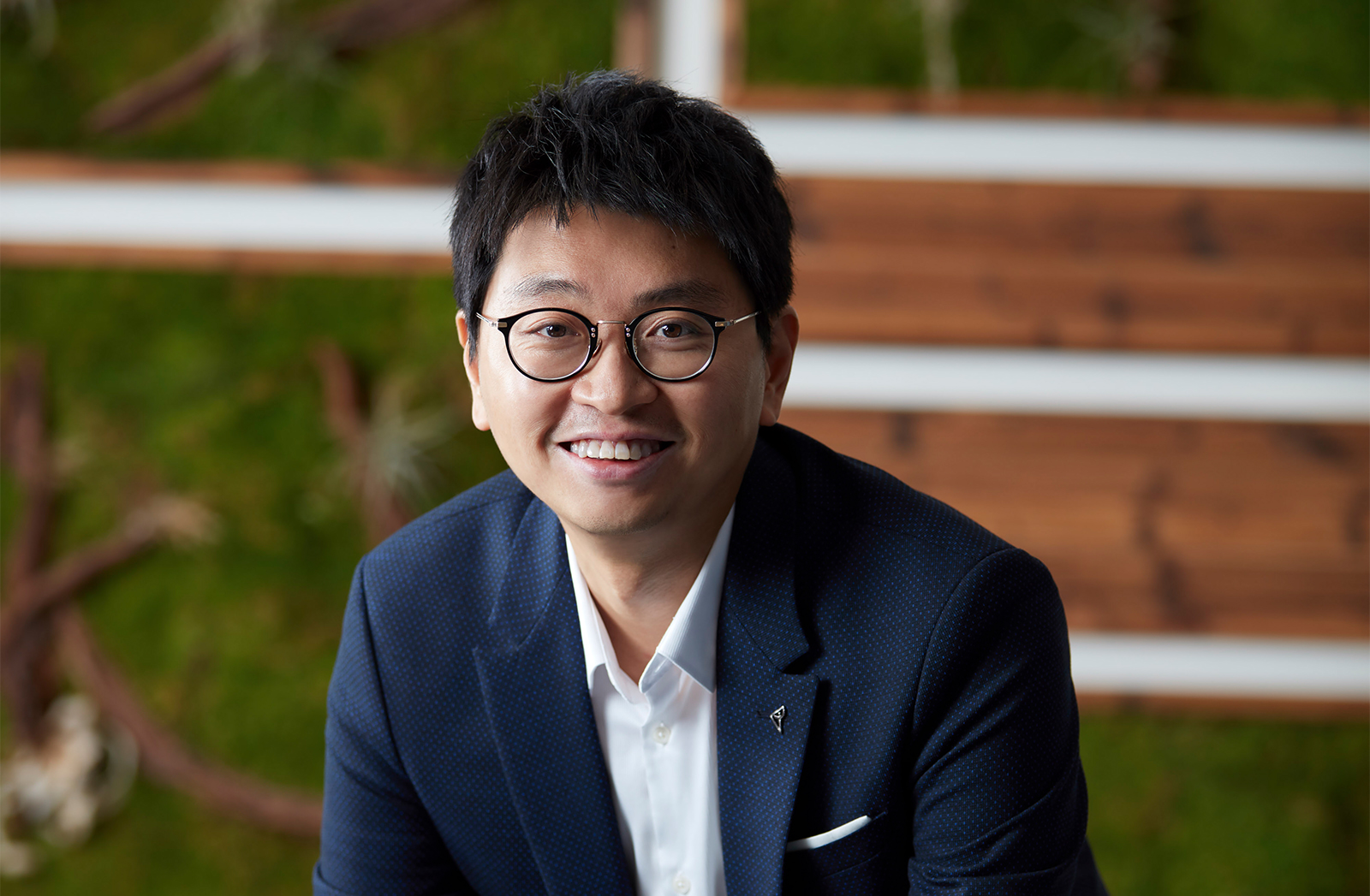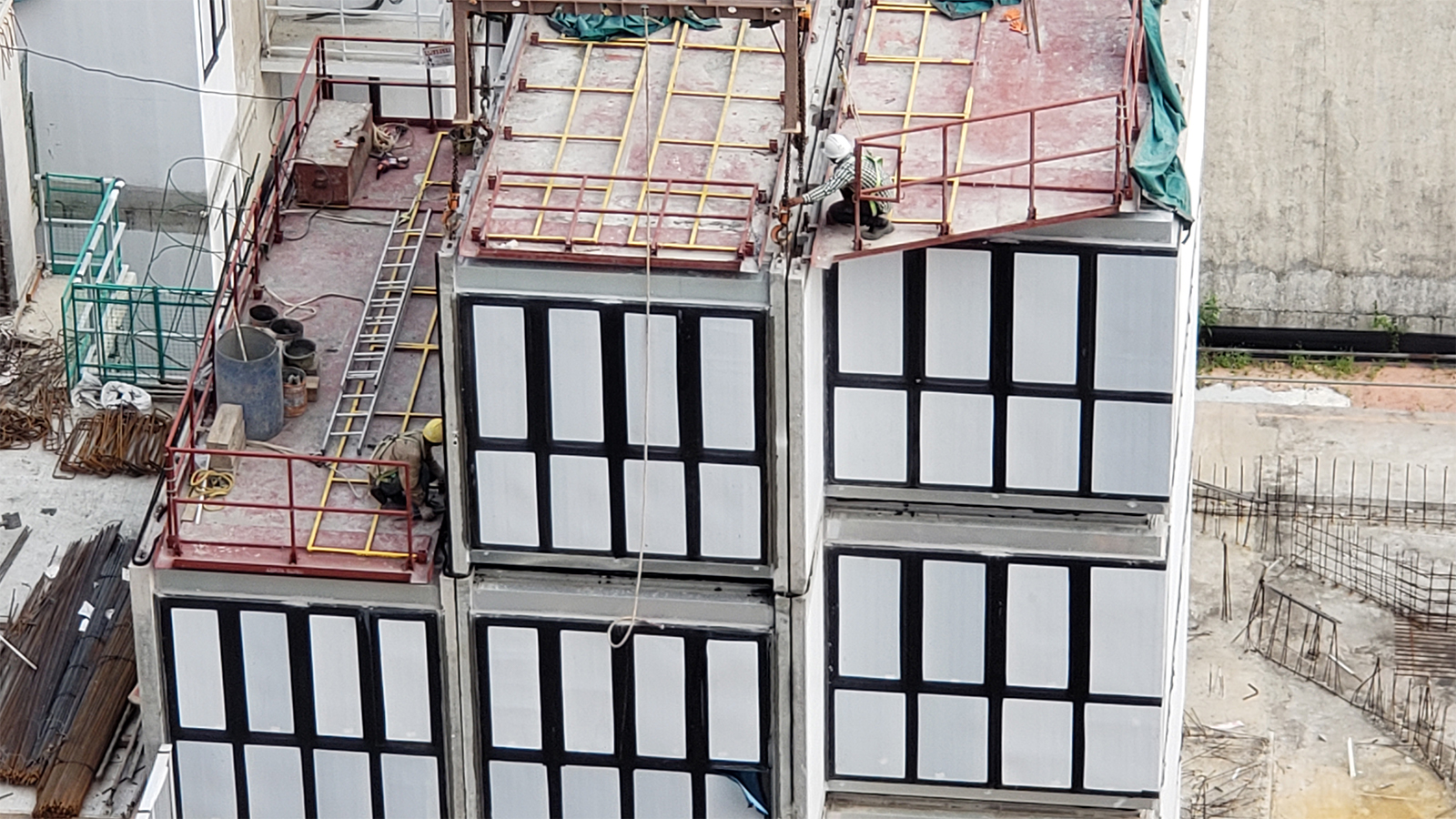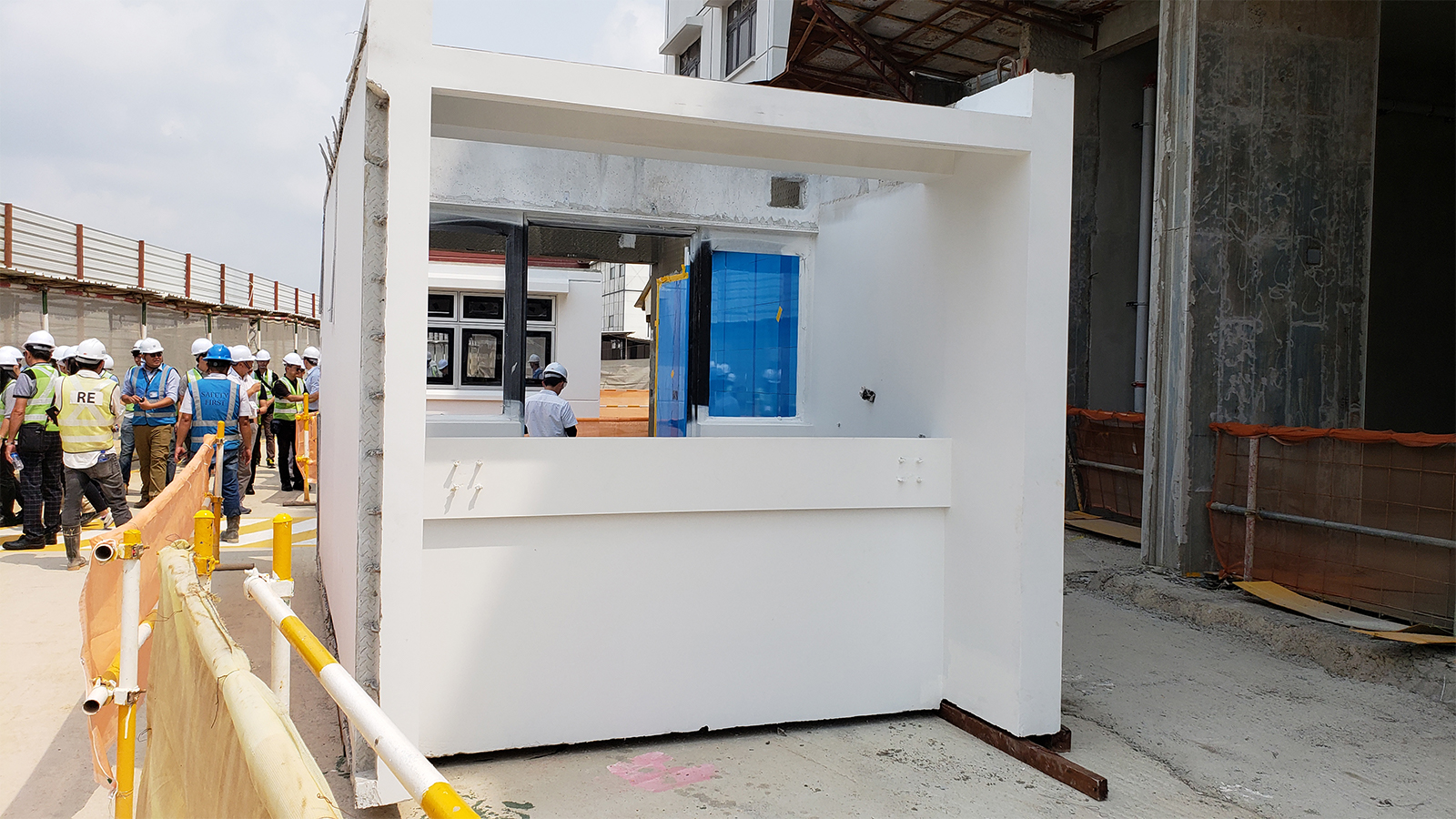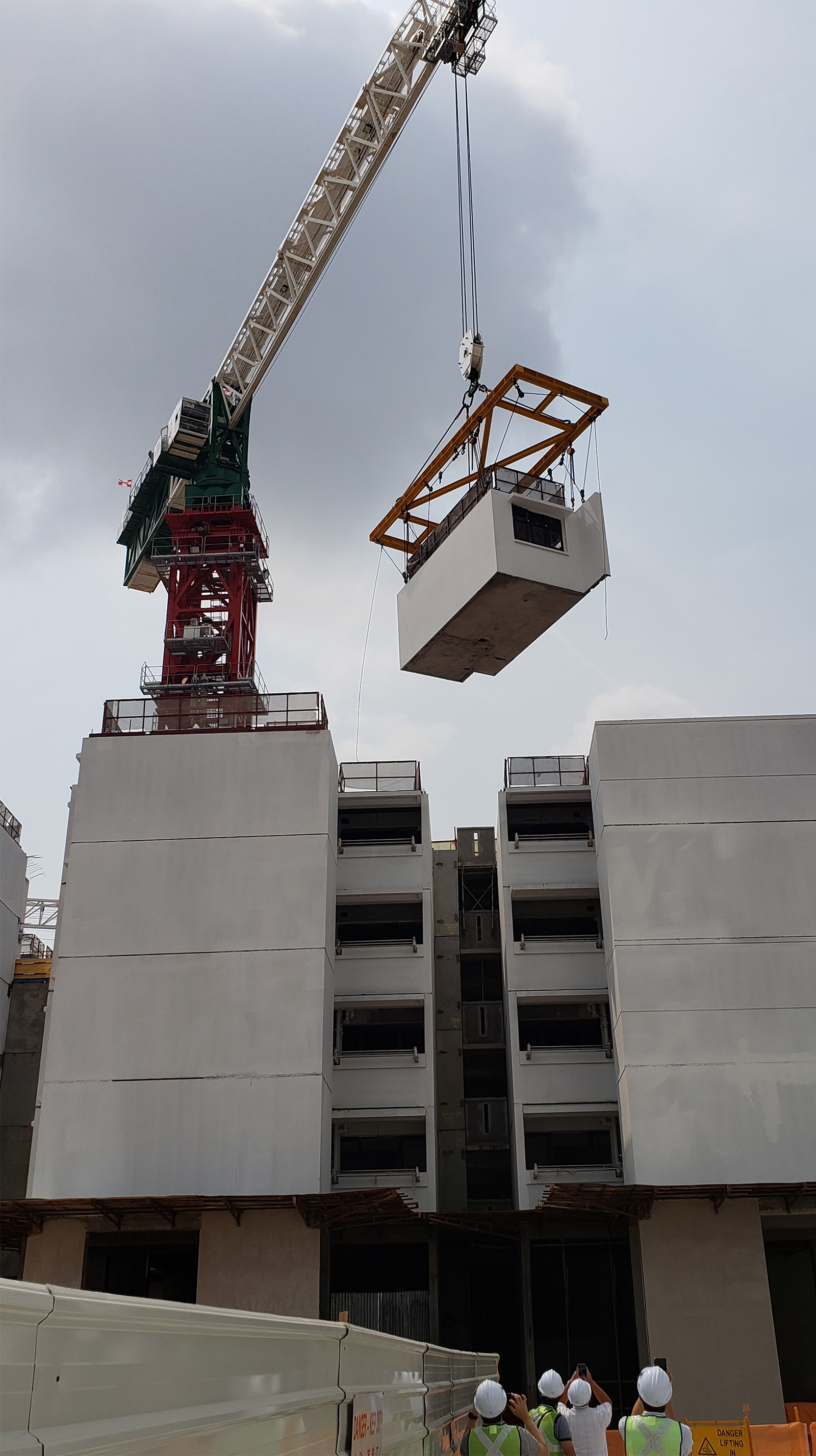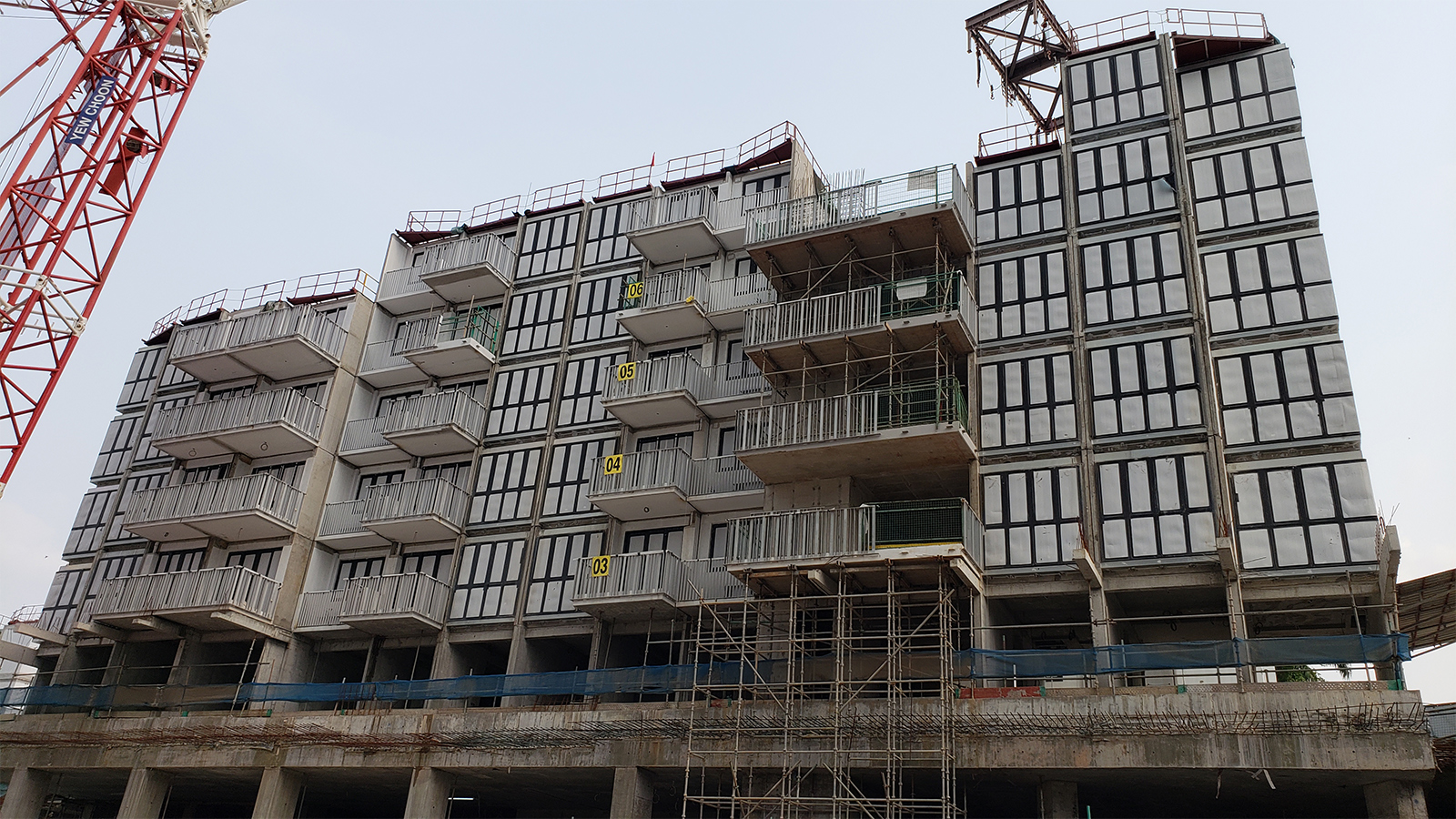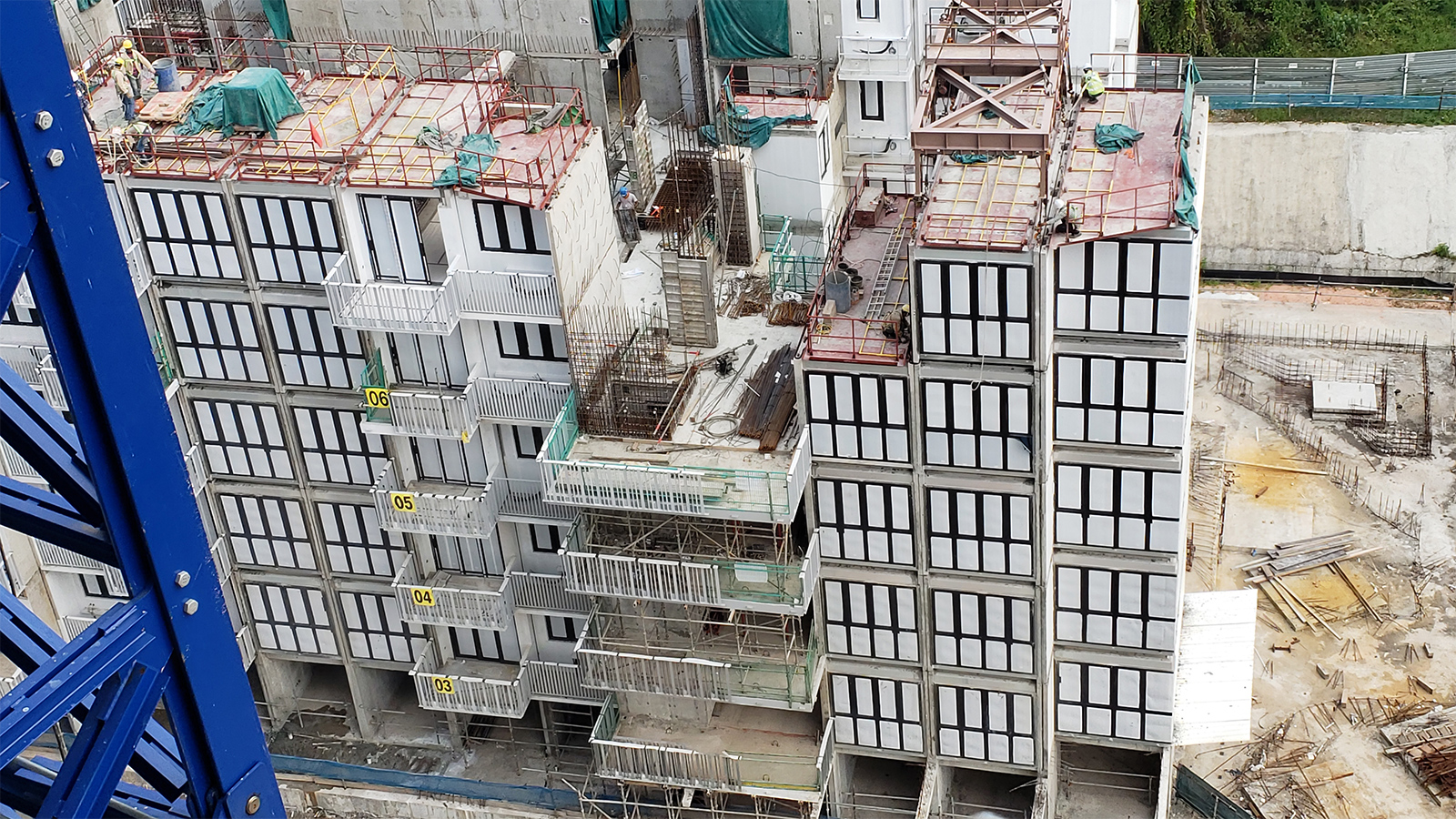
17 July 2020
SINGAPORE’S PREFABRICATED CONSTRUCTION
Written by HC Chan, Director, LWK + PARTNERS
First published on Sky Post on 20 March 2020
Singapore’s Prefabricated Prefinished Volumetric Construction (PPVC) And Housing & Development Board (HDB) Flats
As well as leading green architecture and sustainable urban development, Singapore is well ahead of other Asian countries in prefabricated construction with prefinished modules, interior finishing, building services and more. I have paid visits to the site where they carried out this method of construction. Compared with the conventional construction model, this approach undoubtedly enhances the carrying capacity and sustainability of the industry, increases productivity, strengthens construction supervision and quality assurance, improves site safety, shortens the duration of construction and reduces waste. It also lowers the impact on the surrounding environment, reduces the nuisance to the nearby residents, facilitates a high-quality construction environment and drives industry reforms.
More than a decade ago, the Singapore government predicted that the construction industry would be ageing. With young people being reluctant to join the industry, a skills gap would emerge. To promote the Singaporean vision of ‘city in the garden’, it is necessary to guarantee that residents live and work in peace and contentment to maintain a high degree of social stability. The government regards housing as social welfare and sees it their responsibility to provide housing to its people. Hence, the development of public housing (known as HDB flats) with a reasonable, humane per capita area must accelerate. In order to reach the annual supply target, the government sets on to develop a construction scheme with greater building speed, cost savings, reduced reliance on manpower and environment-friendliness. Prefabricated Prefinished Volumetric Construction (PPVC) was developed as a result and has been applied in Singapore for more than a decade, with advanced technicalities and logistics.
From HDB flat design to community planning, Singapore aims to respect people’s lives. To facilitate neighbour relations and liveability, they adopted the method of cluster design, which means sub-districts are outlined within satellite towns, with HDB flats taking up three to four hectares of land. For each cluster, residential-use land occupies 45% and the rest are supporting facilities like commercial spaces, sports venues, parks, public transportation and more, to fulfil the fundamental living requirements of residents.
As Singapore is a multiethnic city, each HDB flat has a specific proportion of non-Chinese, thereby promoting racial integration in the community. Singapore’s housing plan adapts to local conditions and are people-oriented. Rather than a mere pursuit of supply figures, their strategy instigates lifestyle and liveability. Unsurprisingly, the house ownership rate in Singapore is as high as 90%, compared with 70% in other well-developed economies, with a per capita living area of 323 square feet. In contrast, the house ownership rate in Hong Kong is currently 49.2% while the average per capita living area is only 161 square feet, coming down to 20 square feet for subdivided flat occupants.
What can we learn from Singapore’s long-term goals behind the adoption of PPVC? What are the implications for housing supply and the construction industry in Hong Kong? It’s worth reflecting and studying for the Hong Kong government.


